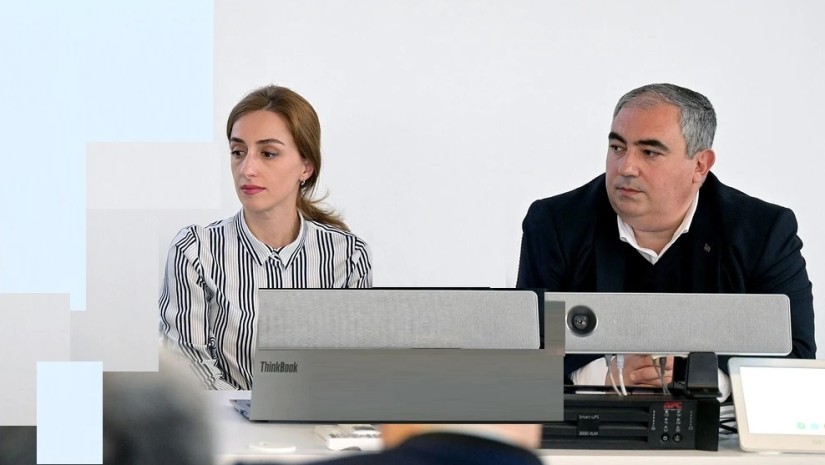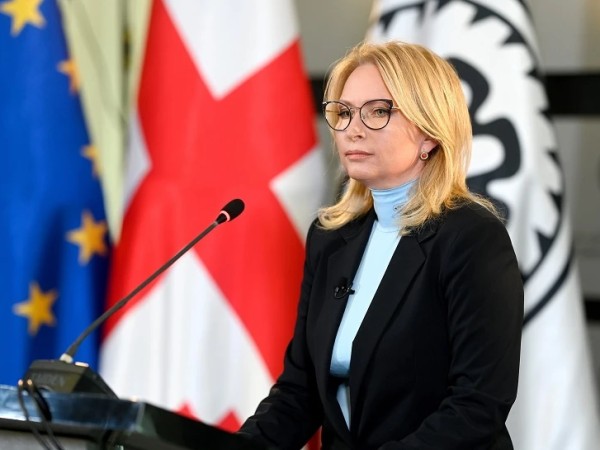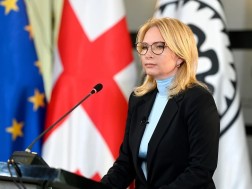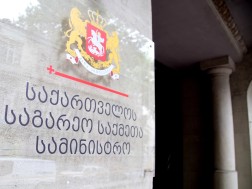Tbilisi (GBC) - 1 million limit on foreign currency lending, which was seen as a distant past for the market, has almost become the present in the blink of an eye.
750,000 million is 250,000 away from the newly increased limit for foreign currency lending of up to a million.
The banking sector expects lending to be activated. According to investment bankers' analysis, the dangerous regulation will work the opposite way, it will revive the market more, including with the development sector slowing down and the transition to a waiting mode, businesses & clients who intend to take out a loan but are in no hurry are rushing to make it to August 1, before the limit is raised.
In every research publication, including the monetary policy document, the National Bank of Georgia constantly notes that it monitors the market and makes decisions based on this, whether to tighten or ease regulation or increase or decrease the monetary policy rate. Accordingly, the market's agitated behavior was not absent before each increase in the limit.
December was the peak of foreign currency loan issuance, why? Because the limit was raised from January. Well, December is already an active month, especially in terms of activating the real estate market, although the limit also had an effect. In December (2024), the equivalent of 2.4 billion GEL was issued in foreign currency loans. In the previous and subsequent months (November, January), respectively, 1.5 billion GEL and 1.13 billion GEL were issued in USD and EUR, respectively. Disbursements for the period 04/2024-04/2025 (13 months) are 20.5 billion GEL (equivalent in foreign currency). Monthly disbursements are within the range of -1.4 – 1.7 billion GEL, if we exclude the peak December, by 2.4 billion.
The new limit should reduce foreign currency lending by $150 million. The regulator’s previous move (increasing to $500,000) was designed to reduce annual lending by more than $100 million, while the previous one (to $400,000) was designed to reduce it by $180 million.
Davit Rusia, analytical director of the Banking Association, avoided spoiling the festive mood of the 30th anniversary of the lari for the public. During his visit to 1TV. GE, he did not say that the regulation would also apply to lari loans, which is usually expressed in an increase in lending rates. He suggested that we wait longer for a pleasant change.
“Let's hope for the best. Let's observe the summer period. What financial inflows will be, how will it affect the purchasing power of the lari,” - Rusia drew attention to the 42/43% dollarization ratio of loans, which has stubbornly maintained its position for a long time and is having a hard time getting down to 41%.
According to his expectations, if the banks do not find a new source of long-term lari, it will be difficult for the ratio to move from its place for a long time.
According to him, only the National Bank of Georgia and the Ministry of Finance can create a new source. And there is another source that is not unlimited, but is both voluminous and long-term. Rusia means the funds of the pension fund by accumulation, the money that potential borrowers must lend to banks so that banks lend to us at the optimal rate. If we follow the pension criteria, the fund should lend at least 14%, because the fund is also profit-oriented. When investing in lari bonds, it looked at the 13% limit and chose to buy loan bonds based on this.
Considering that banks manage to attract currency from the international capital market at 4-5% (in US dollars) and 3-3.5% (in EUR, lari still turns out to be more expensive. The Banking Association of Georgia sees the possibility of balancing in co-financing the interest. The financier should be either the National Bank or the Ministry of Finance, or both.






















